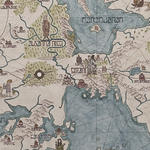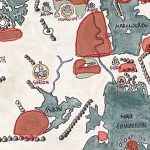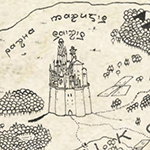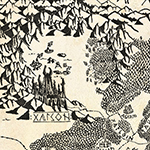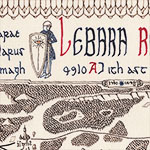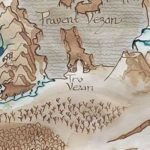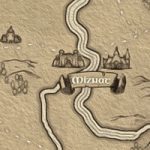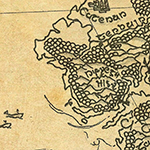The city of Airavatra stands amidst the ancient birch steppes of the East, hidden behind the Veil of the Past from the eyes of the Rulers. Its concealment is the same as its true essence, for the city stands on the very border of the East, at the Place of the Beginning.
Airavatra, also known as the Gate of Dawn, rises on an elevated spot, on a mountain shaped like a giant tree stump, whose slate roots extend into the surrounding steppes, covered with birches and oaks just as a real stump is covered with moss and mushrooms. According to one legend, the mountain Aira is indeed a petrified monument to the felling of the primordial Tree, which supposedly produced from its own branches the handle and from beneath its roots the blade for the axe that, upon the whispering counsel of its leaves, was used to fell it. From its wood, the Pursued then built the ancient Ark that saved them from the waters of the Flood.
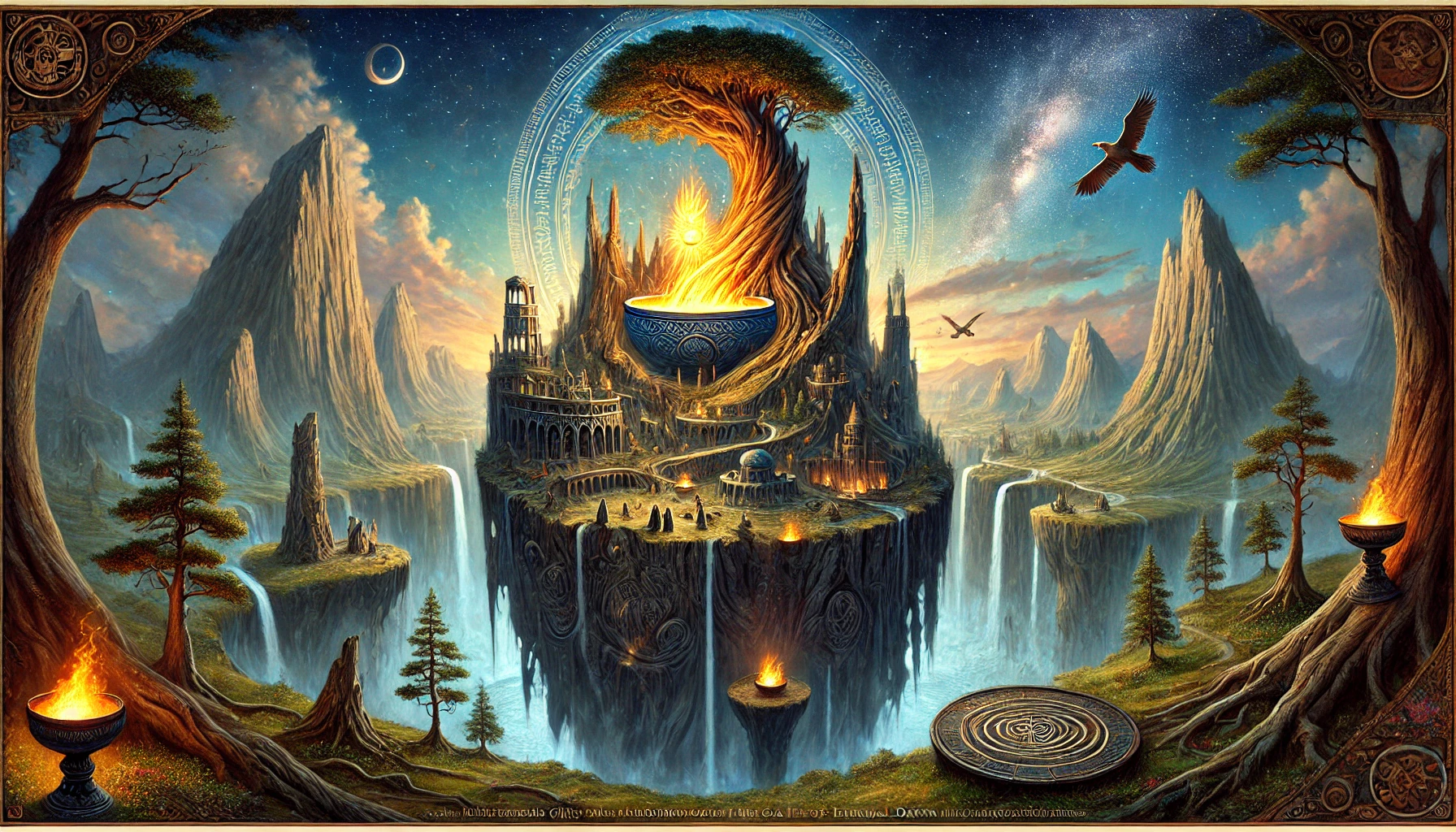
The stump, however, did not remain merely a memory but also became an altar of eternal victory, for it is said that here the Urn with the Ash is guarded, from which the blessed fiery bird of the Sun is born each morning, giving the day its light with its golden eye, and from whose feathers falls the golden rain upon the earth, bringing the blush of life to human faces and foaming blood into their veins. The Urn, in which the ash of mist and dawn swirls, is forged from a dark azure metal, sparkling with stars, and stands in the center of a round table, whose surface is etched with the worn waves of ever-growing rings.
Every evening, the rulers of Airavatra, twelve lords with diamond crowns dedicated to the twelve stellar directions, sit around the table. Legend has it that their crowns are also keys to the twelve gates through which, over the course of a year, the Child of the Urn passes on its journey. The beginning and end of the circle of lords is the venerable King Gathaspar, the wise Seer and warrior from the tales of the Sun and Moon.
The people of Airavatra are of noble blood, full of serenity yet inclined to the joys and adventures of life. Their complexion is white as the mists of dawn, and their hair is mahogany like ripe twilight. Their home is the city itself, but also the surrounding land, where they gather in the shade of trees at dawn and noon, dressed in robes the color of birch leaves, drinking nectar from oak sprouts. They delight in rich storytelling, beautiful words, and can seemingly listen endlessly to descriptions of ancient jewels, poems about the grace of women, and the perfect purity and flawlessness of heroic deeds.
Yet they never forget that they are the sole guardians of the Urn, and so many follow the example of their lords, walking the path of chivalry of both body and spirit, clad in gleaming armor and training in the arts of combat according to ancient teachings that make of battle a dance of truth rather than a crude felling of lives.


